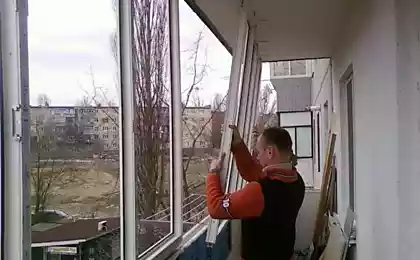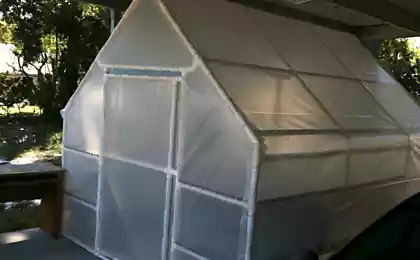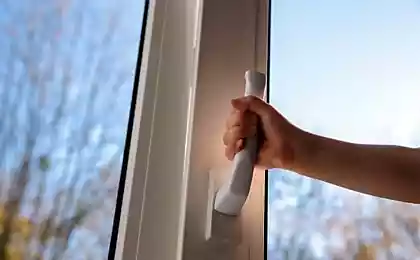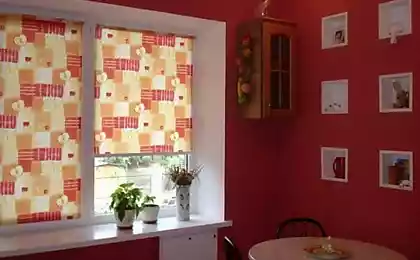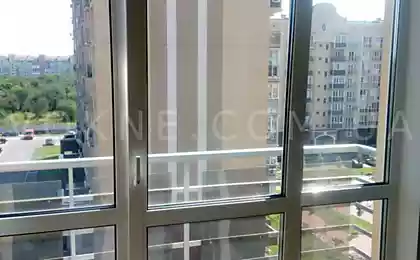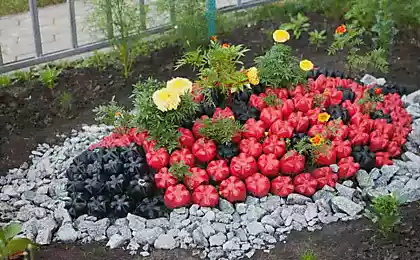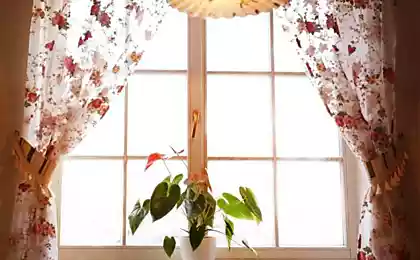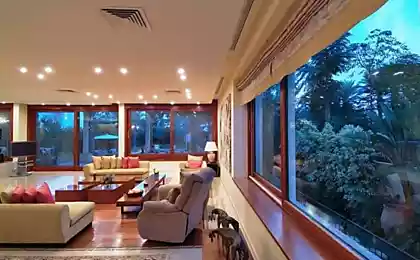218
Why do corners get wet around plastic windows?
Modern plastic windows have a lot of advantages: do not flow, well cut off noise from the street, keep warm. But, as often happens in life, the virtues are relentlessly followed by shortcomings.

It happens that only a couple of months after installation and already wet slopes, and then mold in the corners around the windows appears.
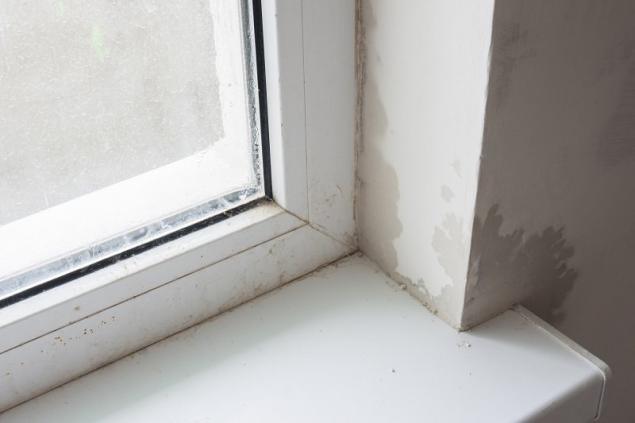
Is the metal-plastic construction to blame? What is the cause of the problem and how to get rid of it as soon as possible?
Mold around windows occurs in rooms with high humidity and is a serious danger to the human body: causes headache, nasal congestion, allergies, asthma, bronchitis.
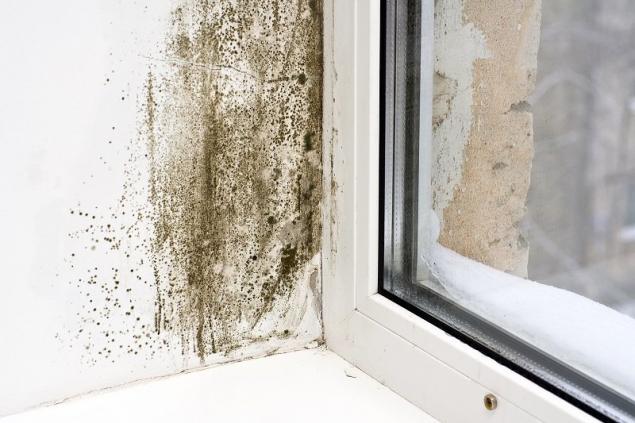
That’s why they try to remove it from the walls as soon as possible. You can of course wipe the fungus with alcohol, peroxide or special means. But the problem can be radically solved only by eliminating the main cause of mold - wet slopes.
Causes of wet slopes
Wet slopes, what to do?
Plastic windows are very convenient and practical, but they require maintenance and adjustment. Follow these simple rules, and escarpment You'll always be dry.

It happens that only a couple of months after installation and already wet slopes, and then mold in the corners around the windows appears.

Is the metal-plastic construction to blame? What is the cause of the problem and how to get rid of it as soon as possible?
Mold around windows occurs in rooms with high humidity and is a serious danger to the human body: causes headache, nasal congestion, allergies, asthma, bronchitis.

That’s why they try to remove it from the walls as soon as possible. You can of course wipe the fungus with alcohol, peroxide or special means. But the problem can be radically solved only by eliminating the main cause of mold - wet slopes.
Causes of wet slopes
- High humidity in the room.
- Bad ventilation.
- Incorrectly designed heating system.
- Lack of insulation in the slopes.
- Wrong window installation.
- On the windows formed condensation, which wet slopes.
- Water penetrates through the crevices into the slopes.
Wet slopes, what to do?
- Start by buying a hygrometer. Regular monitoring of humidity in the room. Maybe you have a lot of moisture sources that should be distributed around the house. The relative humidity in the room should not be higher than 50-60%.
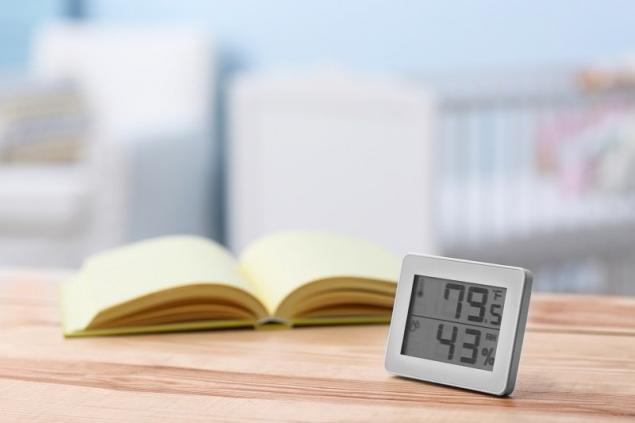
- Ventilate the room more often.. Of course, heat is lost, but there is a possibility that the slopes will stop getting wet.
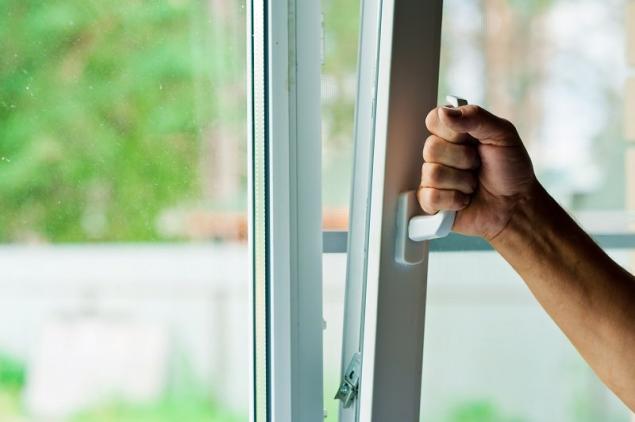
You can install, for example, a climate control valve on the windows or set them in microventilation mode. The supply ventilation valve will provide the room with fresh air and remove excess moisture without noise and dust from the open windows.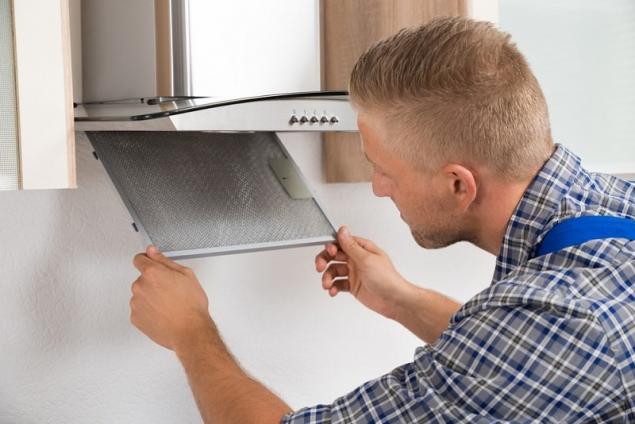
Perhaps the ventilation is clogged or you need to install a ventilation grille of a larger section. It also does not hurt to install a kitchen hood. - Make sure the window is installed correctly.. Very often, the mounting foam on the outside of the window remains uncovered.
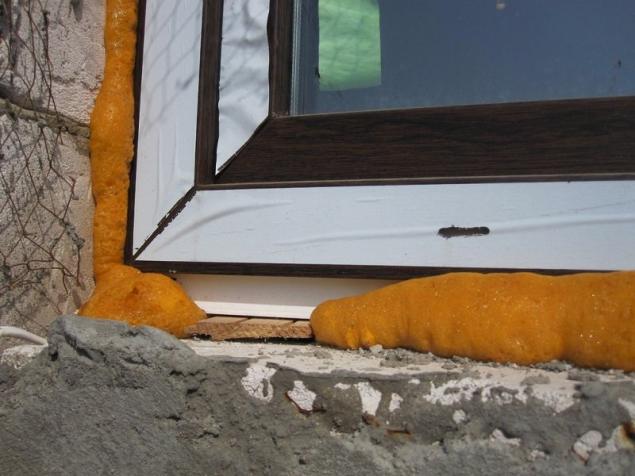
Over time, it cracks, cracks are formed through which moisture during precipitation penetrates into the slope and accumulates there. In summer, this is not visible, because under the influence of temperatures everything dries up quickly. In winter, the wall becomes wet and covered with mold. - Keep the walls warm.. The walls should not be cold. The temperature in the room should be in the region of 22 degrees Celsius.
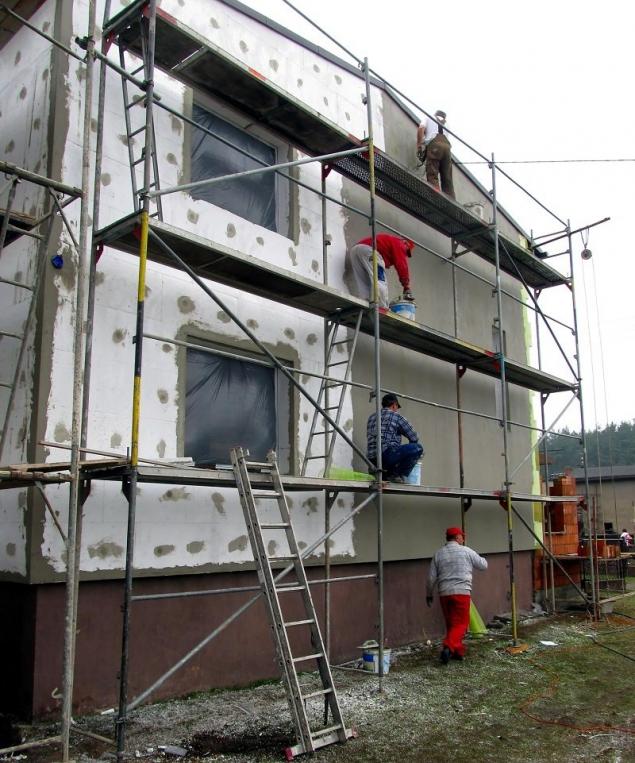
- Make the windowsill less wide.. Too wide a window sill over the battery will interfere with air convection and thus prevent the path of warm air flow to the window.
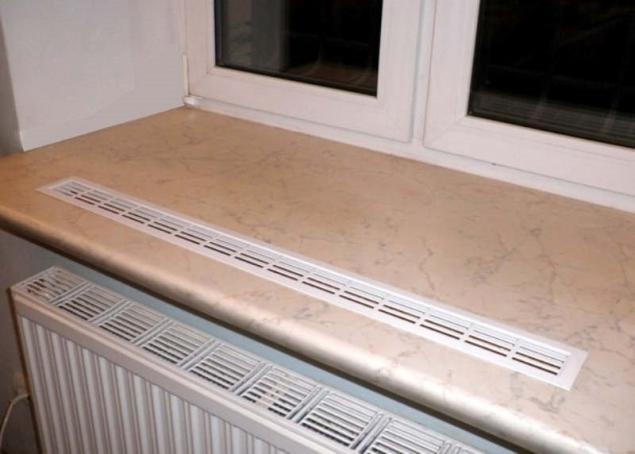
It will not dry out, and condensate will constantly accumulate on it, which can eventually lead to the formation of mold and fungi on the slopes.
Alternatively, you can put a more powerful heating battery or build a grille for ventilation in the window sill. - Install plastic slopes. Plastic does not absorb moisture, and it does not form mold, so if you install plastic slopes, the problem can partially or completely solve itself.
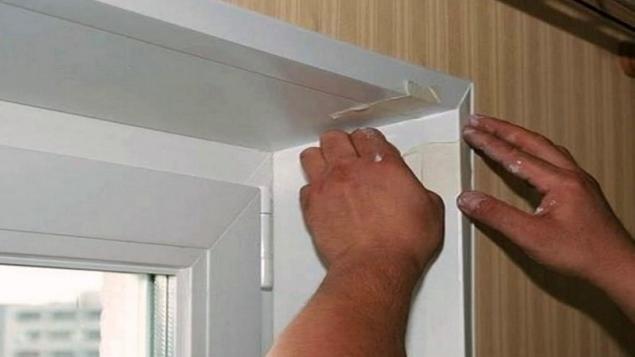
- If you live in a country house, repair the roof or basement. This can eliminate the flow of moisture into the room.
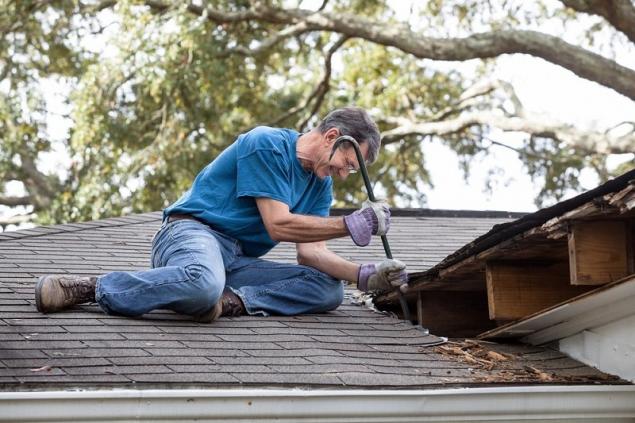
Plastic windows are very convenient and practical, but they require maintenance and adjustment. Follow these simple rules, and escarpment You'll always be dry.








